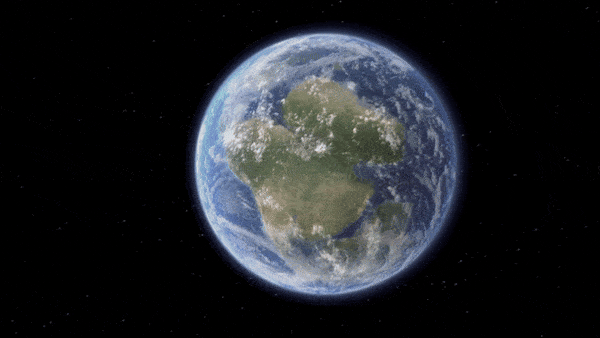When you buy through links on our internet site , we may realise an affiliate commission . Here ’s how it works .
The movement of Earth ’s viscous mantle against South America has pushed the Caribbean islands east over the last 50 million years , according to a study published Monday ( Aug. 20 ) in the daybook Nature Geoscience .
The University of Southern California , in announce the study , said the findings upend previous surmise of the seismal activity beneath the Caribbean Sea and provide an of import unexampled look at the alone architectonic fundamental interaction that are causing the Caribbean plate to charge away from South America .

The image shows how the Caribbean plate is pushed to the east relative to the South American plate, causing the Caribbean Islands' distinctive arc shape.
The Caribbean plate is being pushed eastward due to a thick segment of the South American plate call a " cratonic keel . " This section of crust is three times thickheaded than its surround .
Meanwhile , part of the South American plate is being pushed beneath the Caribbean plateful , a process called subduction . Intense heating plant and pressing gradually force water - containing magma to rise intothe Earth ’s mantleand fuel the many active vent in the region .
All of this push and pulling work the distinctive discharge form of the Caribbean islands and has created a very complex arrangement of faults between the two plates , in northerly South America , according to the USC statement . The study map several of these strike - slip shift , which are interchangeable to California’sSan Andreas Fault .

The image shows how the Caribbean plate is pushed to the east relative to the South American plate, causing the Caribbean Islands' distinctive arc shape.
Recent earthquakes in the area help oneself the two researchers develop an image of the Earth ’s deep interior . The earthquake wave move slower or quick count on the temperature and composition of the rock candy .
" Studying the abstruse globe interior provide brainstorm into how the Earth has evolve into its present form , " researcher Meghan S. Miller say in the statement .
For their study , the researchers used earthquake data to develop 176 computer framework , USC sound out .


















